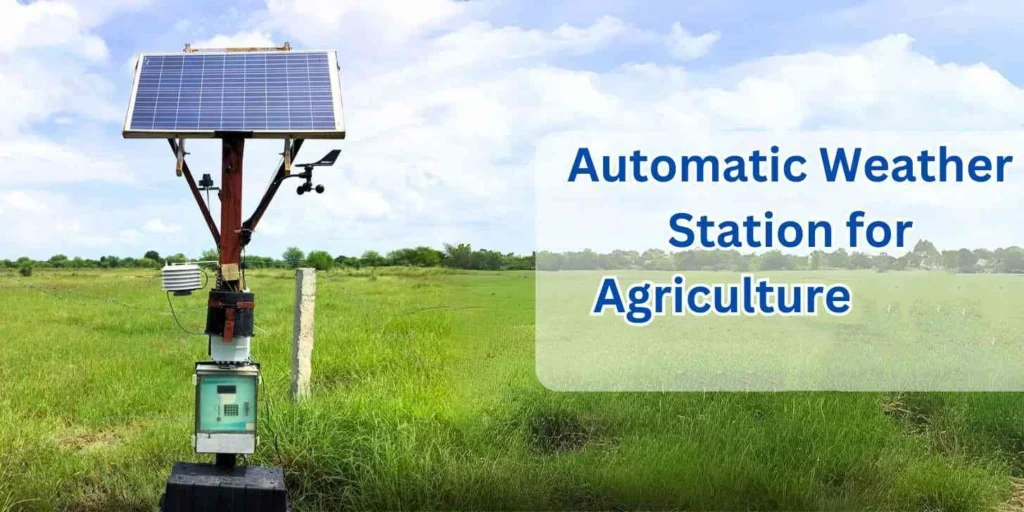
Automated Weather Station: Revolutionizing Meteorological Data Collection

# Automated Weather Station: Revolutionizing Meteorological Data Collection
## Introduction to Automated Weather Stations
In the realm of meteorology, the advent of automated weather stations (AWS) has marked a significant leap forward. These sophisticated systems are designed to collect and transmit meteorological data with minimal human intervention, offering a more efficient and accurate approach to weather monitoring.
## The Technology Behind AWS
Automated weather stations are equipped with a variety of sensors that measure atmospheric parameters such as temperature, humidity, wind speed and direction, precipitation, and barometric pressure. These sensors are connected to a central data logger, which processes and stores the collected data. The data is then transmitted to a central server or directly to users via various communication methods, including satellite, radio, or internet connections.
## Advantages of Automated Weather Stations
The implementation of AWS brings numerous benefits to the field of meteorology:
– **Accuracy and Consistency**: Automated systems reduce human error and provide consistent data collection, ensuring more reliable weather forecasts.
– **Real-time Data Access**: With AWS, meteorological data is available in real-time, allowing for quicker response to weather-related events.
– **Cost-effectiveness**: Over time, AWS can be more cost-effective than traditional weather stations, as they require less maintenance and fewer personnel.
– **Remote Monitoring**: AWS can be deployed in remote or inaccessible locations, expanding the coverage of weather data collection.
## Applications of Automated Weather Stations
Automated weather stations have a wide range of applications, including:
– **Agriculture**: Farmers use AWS data to make informed decisions about planting, irrigation, and harvesting.
– **Aviation**: Airports rely on AWS for accurate weather information to ensure safe takeoffs and landings.
– **Disaster Management**: AWS play a crucial role in early warning systems for natural disasters such as hurricanes, floods, and wildfires.
– **Climate Research**: Scientists utilize AWS data to study climate patterns and predict long-term climate changes.
## Challenges and Future Developments
Despite their advantages, automated weather stations face challenges such as sensor calibration, data transmission issues, and the need for regular maintenance. However, ongoing advancements in technology are addressing these challenges, with improvements in sensor accuracy, data processing algorithms, and communication systems.
The future of AWS looks promising, with the integration of artificial intelligence and machine learning to enhance data analysis and prediction capabilities. Additionally, the development of more compact and energy-efficient models will further expand their deployment and utility.
## Conclusion
Automated weather stations have revolutionized the way meteorological data is collected and utilized. Their ability to provide accurate, real-time data has transformed various industries and contributed to a better understanding of our environment. As technology continues to evolve, AWS will undoubtedly play an even more critical role in shaping the future of meteorology and beyond.
Keyword: automated weather station
Categories: News